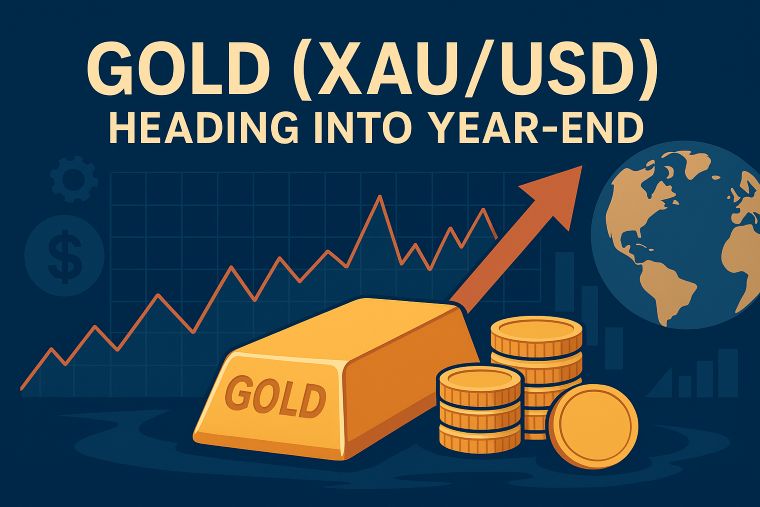2 min to read
A sudden intensification caused a swift depreciation against the yen
plunging from the mid-151 yen range to approximately 151.20 yen.

“A sudden intensification in the selling pressure on the dollar caused a swift depreciation against the yen, plunging from the mid-151 yen range to approximately 151.20 yen”
While market speculation about potential intervention surfaced, there’s divided opinion, with some attributing the shift to market-driven forces, prompting a rebound to around 151.60 yen. The authenticity of any intervention remains ambiguous.
Conversations suggest that the Japanese authority’s statements hint that the trigger point for any intervention hasn’t been reached yet. If the movement’s speed, rather than a specific rate level, is the defining metric, an intervention might not be imminent. The recent moderate 1.5% uptick in the dollar-yen exchange rate over the past fortnight significantly contrasts with the sudden movements that necessitated intervention last year.
Following discussions involving Powell, Chair of the Federal Reserve, during the IMF meet last week, while the market witnessed a mildly hawkish sentiment, there wasn’t a substantial push to escalate the U.S. 10-year bond yields to 5%. Despite Powell retaining the potential for further rate hikes, the market outlook isn’t overly bullish. Short-term predictions show only a 15% probability of a December rate hike, with roughly 30% projected for January. However, thereafter, the likelihood of rate cuts becomes notably prevalent.
The overall tone in the market, including the ascent of U.S. stock markets, points to a strengthening risk appetite contributing to yen depreciation and consequently supporting the decline of the dollar-yen exchange rate.
During the recent NY session, the Euro/Dollar demonstrated a recovery, reaching the vicinity of 1.07 dollars. The broader market direction remains uncertain, although the stability of the 21-day moving average signifies a sustained trend of rebounding.
Today, De Guindos, Vice President of the ECB, addressed concerns regarding a potential transient rise in inflation due to last year’s drastic increase in energy and food prices, coupled with an overall trend towards deceleration. Forecasts for the Eurozone indicate a prolonged phase of subdued economic performance, expected to recover in the future. Early indicators hint at a weakening labor market.
Anticipations for the coming months include an expected brief inflationary rise year-on-year, a consequence of the waning impact of the surge in energy and food prices from the previous year. However, a medium-term perspective underlines an ongoing trend of disinflation.
The Pound/Dollar continued its upward trajectory, nearing the latter half of the 1.22-dollar range. The 21-day moving average at approximately 1.2205 dollars is presently seen as a crucial level of support following today’s climb.
Forecasts for the UK economy for the fourth quarter and the initial half of the following year suggest a possible decline of 0.3% in growth. Despite the latest announcement of stagnant growth in the third quarter’s GDP, the imminent release of the UK Consumer Price Index (CPI) and employment statistics will be watched closely.
Considering the considerable disparity in service industry inflation compared to the Bank of England’s projections, data supporting the continuation of the Bank’s pause in rate hikes is widely expected.
Visit XM Official Website.

